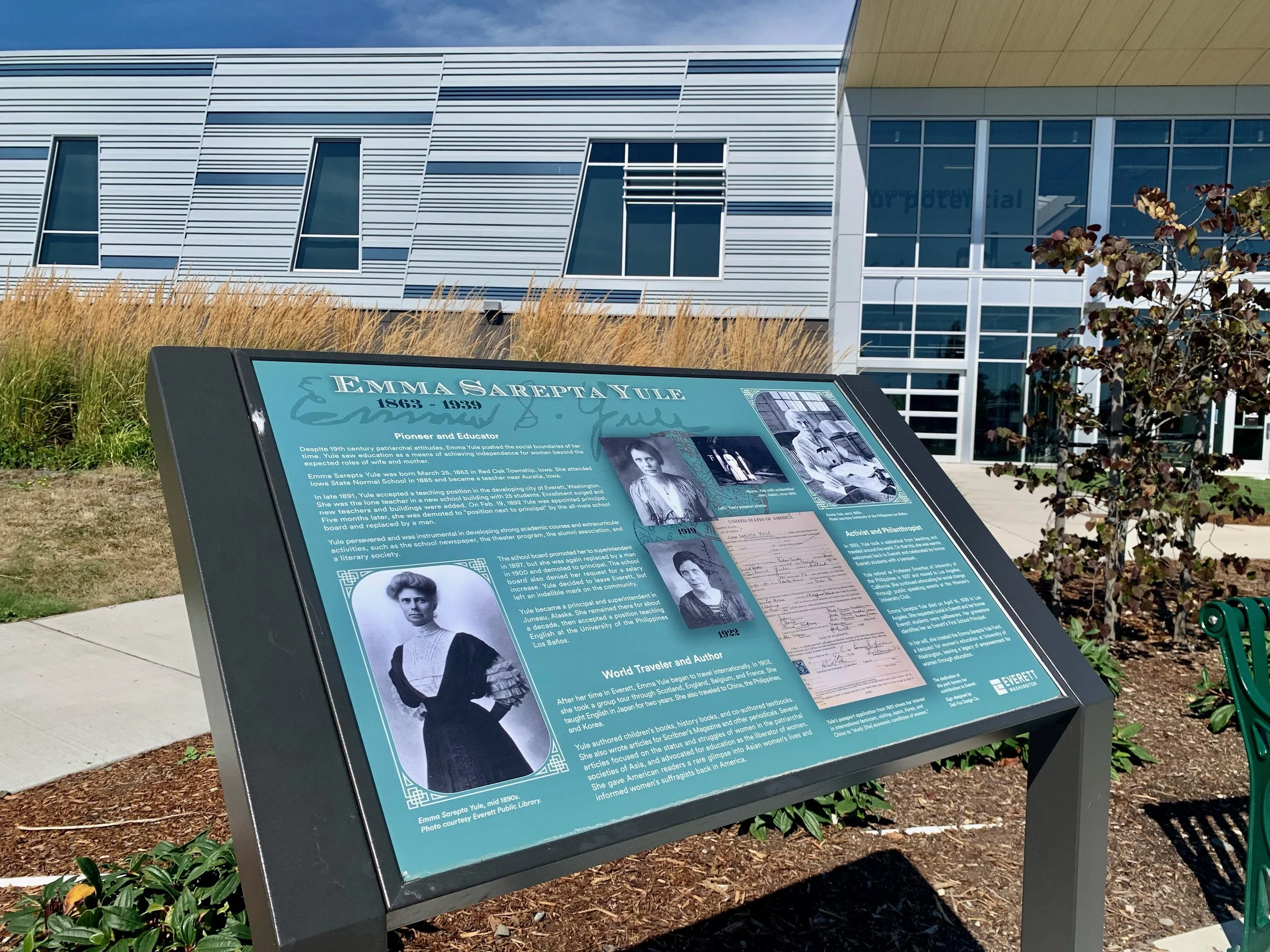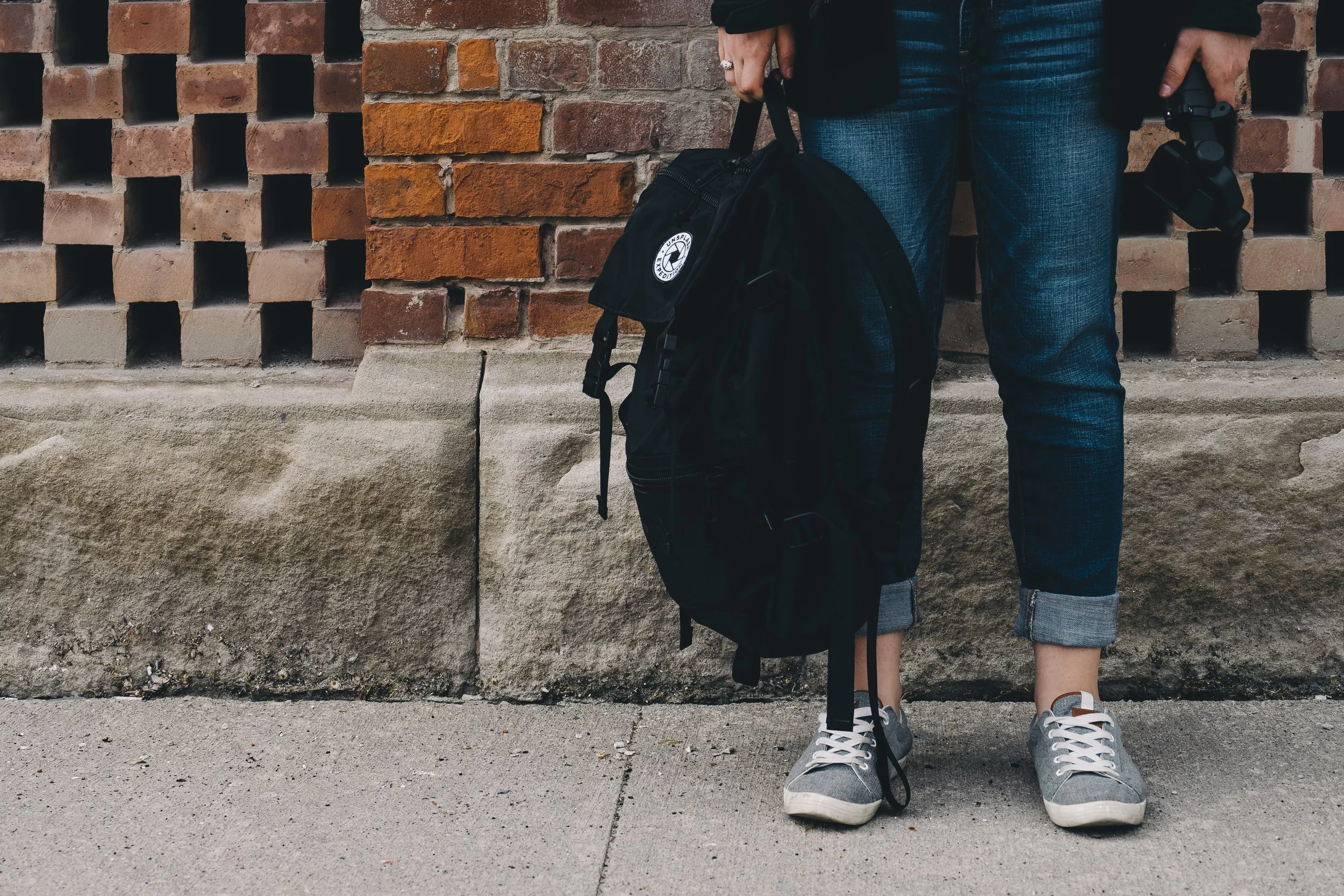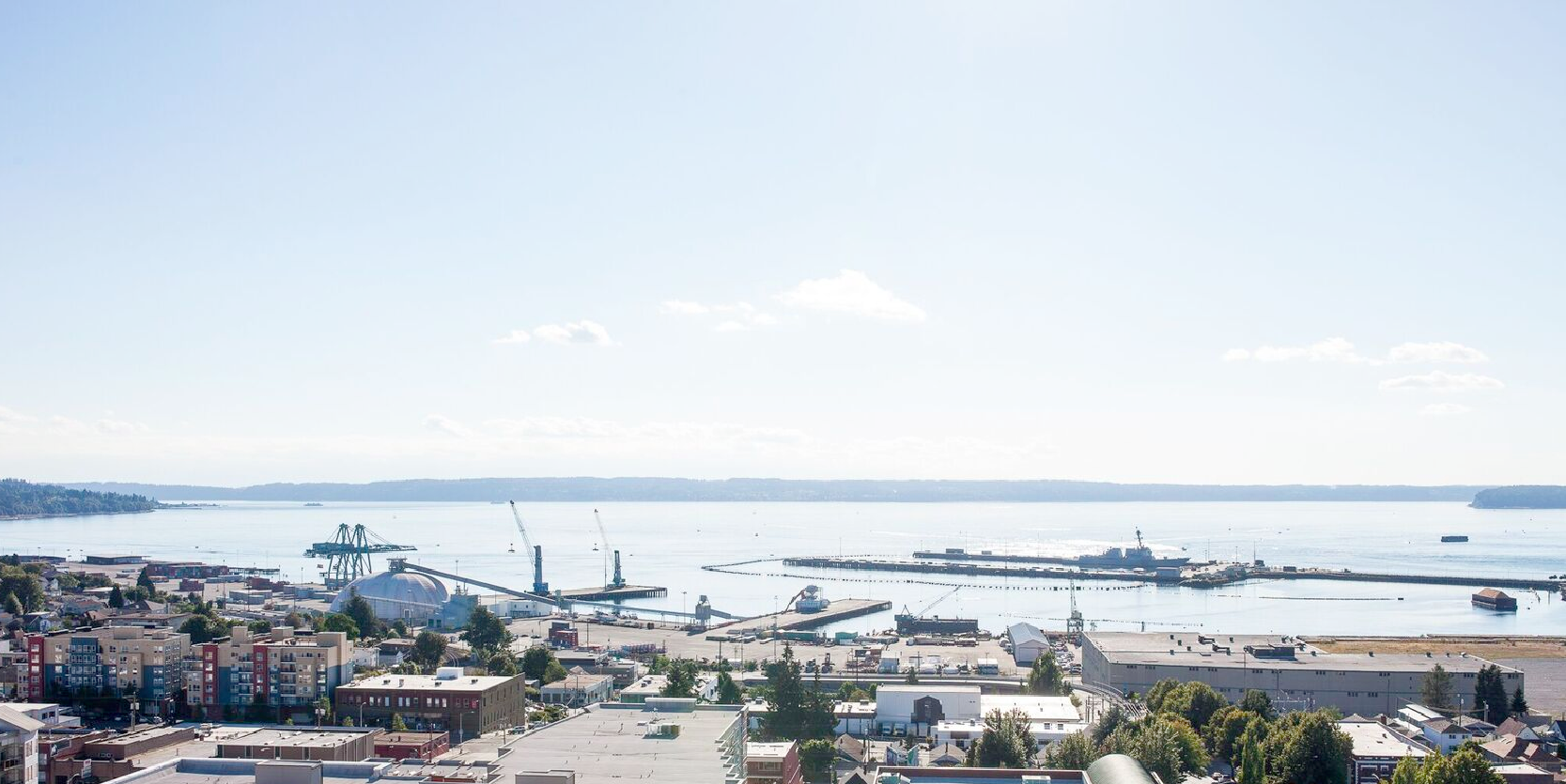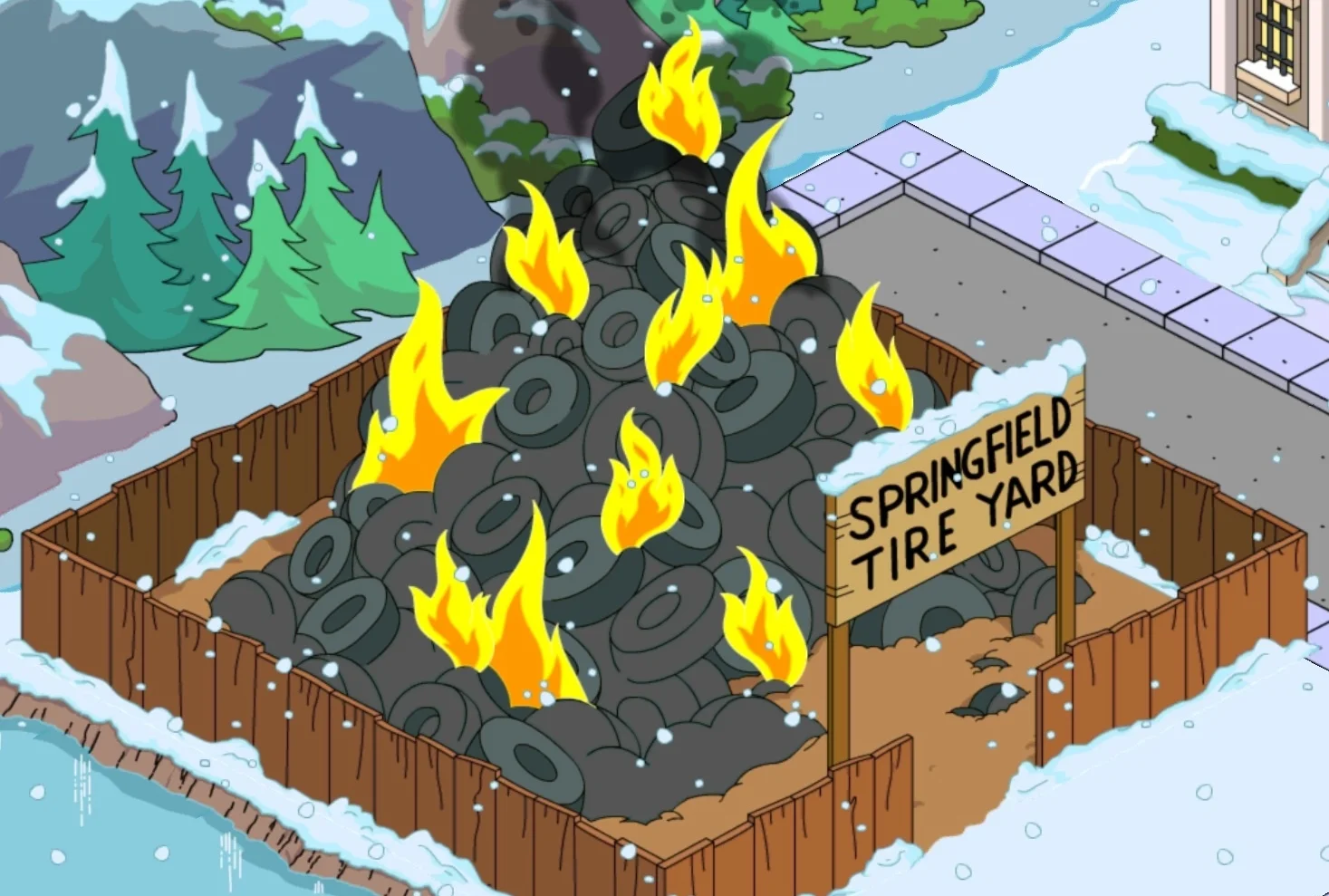Streams, Creeks, and Watersheds: Critical for Our Community, Critical for Our World: Part 2
Editor’s note: This is part two of a three-part series. You can read part one here.
In Part 1, we talked about what some local neighbors are doing to preserve the natural habitat in their backyards, but what about the rest of us? And why should we even care at all?
Essentially, what happens in a watershed area impacts our entire community, and when we have wetlands mixed with forests, we have a fully functioning ecosystem.
According to Tom Murdoch of the Northwest Stream Center, the vegetation next to a stream indicates how healthy (or not) a stream is so it's critical that we preserve these areas. He broke it down for me like this:
Imagine you have a stream - one deep enough and with enough gravel, at the bottom, so salmon can create a "redd" (i.e., a nest) and deposit eggs. After they're done laying eggs, the salmon dies upstream, and the nutrients from their body and the sea feed their eggs and the plant life around the stream.

Catch a glimpse of fish at Northwest Stream Center // Angela Di Filippo
This plant life next to the stream is called the riparian zone, and it prevents erosion thanks to the root systems. It also helps shade the water, ensuring it stays cooler and, therefore, more habitable for fish since cooler water has more oxygen. Additionally, the plants help filter rainwater, which helps replenish our streams and groundwater systems so when we experience drought, our streams suffer less.
Finally, the leaves from trees fall into the stream, and this organic matter feeds the insects and smaller creatures who, because of the circle of life, feed the larger fish who come into the streams to spawn.
Now, imagine the same stream without vegetation on the side, or maybe just a few feet in between a parking lot and the waterway. Due to the reduction in plant life, there's less protection from erosion and less filtering of rainwater to refill the groundwater stores. This means that even when it does rain, all of that water will run into the stream, leading to flooding and, due to the oil and chemicals from the surrounding area, making it eventually uninhabitable for wildlife and dangerous for us humans.

Vegetation near the stream at Northwest Stream Center // Angela Di Filippo
Also, fewer trees mean less shade, so the water will be too warm for fish, so they will not be able to spawn as many offspring. This means fewer fish in our ecosystem, which harms our whole state's environment.
We've already started seeing the negative impacts of developments built too close to our watershed areas, wetlands, and small waterways. For example, you may have played in North Creek in your youth. Today, that water isn't fit for primary or secondary recreational use. If you touch the water, wash your hands!
What can we do to intervene and prevent future harm? Lots of things!
We can start a petition - like Jim, and his neighbors did - to call for more developers' accountability and protect areas you know are in danger.
We can advocate for city and county codes that prevent developments within 300 feet of a stream or similar area (Tom recommends that to repair and maintain our streams, we keep riparian zones at this distance)
We can advocate for sustainable landscaping - those standardized and manicured green lawns are, simply put, really bad for the environment. Natural plants, grasses, and mosses are less expensive to maintain as they don't need fertilizer or mowing the same way grass does. They also improve permeability for replenishing groundwater.
We can also advocate for HOA and other community landscape regulations to promote sustainable landscaping - as the upkeep would cost less. Who knows, this may help to bring down some of those HOA fees!
We can manage rain collectors so we can collect and release water gradually into the surrounding area in times of drought.
We can ensure our infrastructure works with our natural environment. For example, waterway pipes going under our roads and highways need to be large enough for fish to fit through comfortably, and we can retrofit storm drains with filters.
We can ensure driveways and parking lots utilize permeable materials. Permeable pavers exist now and are a cost-effective way to prevent cracks in the surface (like we commonly see in our current sidewalks, roads, and paved areas) while creating a more sustainable environment by helping water get to where it belongs in the ground.
It is, ultimately, up to all of us in our community to decide what type of waterways and environment we want to live in. If we seriously want to preserve these areas, we need to address the lack of space preservation around these delicate yet resilient ecosystems. We need to preserve our community's riparian zones, watershed areas, wetlands, and actual waterways so we can turn the tide (proverbially speaking).
Now, we know we just gave a bunch of information about the what and the why. And we shared a few ideas to cover the how, which we hope helps inspire YOU to take action.
That said, we're all in this together. This effort has been going on for quite some time, so none of us have to start from scratch. In Part 3 (coming next week), we will touch on what the city, county, and Northwest Stream Center are doing to help.

Angela Di Filippo currently works in State Social Services and recently earned her Masters in Industrial/Organizational Psychology with extensive training in evidence-based leadership coaching. Angela moved from North Carolina to Washington 6 years ago and has proudly called Everett her home for 5 of those years. When not helping others solve problems in creative and strength-driven ways, Angela enjoys her time painting, hiking with her terrier-mix, Indy, and eating waffles.
















































